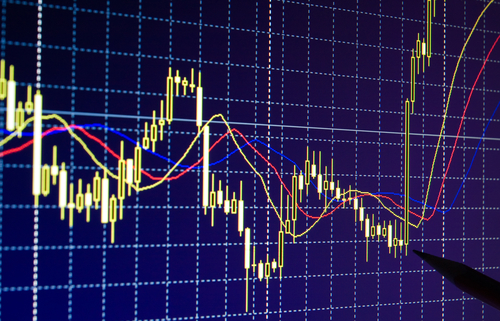

Get updates on
new Options articles geared
at improving your trading consistency by providing your email address below!
by registering you agree to our
Privacy Policy
Why it Pays to Use these 4 Key Technical Tools
Sometimes, simplicity is the best way to spot opportunity.
In early August 2018, shares of Weight Watchers (WTW) plunged $12 unexpectedly on an earnings overreaction. But the news really wasn’t worthy of such a gap lower.
How to Properly Catch a Falling Knife
Traders are often told to buy excessive fear.
Warren Buffett even advises to buy when others are fearful.
It’s part of the reason some bought Twitter (TWTR) and Facebook (FB) after both witnessed ugly downturns on earnings fiascos.
Three of the Oddest Candlesticks to Trade
When traders first hear that candlesticks can help predict stock direction, most roll their eyes to the back of their head. But truth be told, candlesticks are a great way to gain insight into the very market psychology that drives all stocks and indices.
In fact, three of my favorites are doji crosses, the three black crows, and the hanging man.
Always Look for Agreement with These Technical Indicators
I love when traders tell me technical analysis doesn’t work.
While they’re entitled to be wrong, the fact remains that technical analysis does work, sometimes by up to 80% of the time. Granted, there is no Holy Grail, but if we use the right indicators, we increase our odds of success. Especially if we apply those indicators to well known stocks that may only be down temporarily.
Let’s look at Raytheon (RTN) for example.
Trading Strategy: The Best Time to Buy Excessive Fear
The best time to buy fear is when there’s too much of it.
But who in their right mind can tell when there’s just too much?
Honestly, any one can.
The Importance of the Money Flow Index (MFI)
When it comes to trading, one of the best ways to tell what’s happening is by paying attention to the flow of money in and out of a stock.
Surely, none of us want to buy a stock if money is flowing out, right?
Instead, we want to buy if we’re seeing money flow in, or short if we begin to see signs that money is about to start flowing out of a stock.





